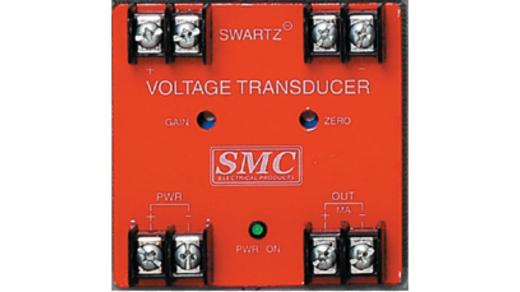
Getting a successful lead generation service in the USA is essential for business growth. In today’s competitive market, having a clear strategy to attract and convert potential customers can make the difference between success and stagnation. Let’s explore how to create an effective lead-generation funnel that brings real results.
Understanding Your Target Audience
Know Your Ideal Customer The foundation of successful lead generation starts with a deep understanding of your target audience. Start by studying your current customers’ behaviours, preferences, and buying patterns. Look at their demographics, including age, location, income level, and professional background. Pay attention to the platforms they use most often and the type of content they engage with regularly.
Customer Pain Points
Take time to research the specific challenges your potential customers face. Conduct surveys, read industry forums, and engage in social media discussions. Map out their buying journey, including the moments when they’re most likely to look for solutions like yours. Consider their budget constraints, time limitations, and technical knowledge levels. This information becomes your guide for creating targeted marketing messages.
Creating Valuable Content
Picking the Right Topics
Content creation requires strategic planning. Study your competitors’ content, but focus on filling gaps they’ve missed. Use tools like Answer the Public or Google Trends to identify trending topics in your industry. Create a content calendar that addresses different stages of the buyer’s journey, from awareness to decision-making.
Content Types That Work
Your content strategy should include various formats to cater to different learning styles. Write detailed blog posts that solve specific problems. Create step-by-step guides that show practical applications of your solutions. Share customer success stories that demonstrate real-world results. Develop industry reports with unique insights and data.
Setting Up Your Lead Capture System
Landing Page Design
Your landing pages need to convert visitors into leads effectively. Start with a compelling headline that addresses a specific pain point. Write a clear, benefit-focused copy that explains what visitors will get. Use strong visual elements that support your message. Include trust indicators like industry certifications, client logos, or security badges.
Make your forms simple but strategic. Ask only for essential information initially. Consider using multi-step forms for higher-value offers. Test different form lengths and fields to find what works best for your audience.
Email Marketing Setup
Create a sophisticated email nurture sequence that builds relationships gradually. Your first email should deliver the promised value immediately. Follow up with educational content that helps leads understand their challenges better. Share industry insights and expert tips that position your brand as a trusted advisor.
Include case studies and social proof in your emails to build credibility. Set up automated triggers based on subscriber behaviour, sending more targeted content when leads show specific interests. Always provide clear calls to action that guide leads to the next step.
Lead Nurturing and Follow-up
Building Trust Effective lead nurturing requires consistency and value. Create a scoring system to track lead engagement and interest levels. Develop different content tracks for leads at various stages of readiness. Share industry updates, company news, and helpful resources regularly. Host webinars or virtual events that provide deeper insights into topics your leads care about.
Converting Leads to Sales
Set up a clear process for moving leads through your sales funnel. Train your sales team to recognise buying signals and timing their outreach appropriately. Create sales enablement materials that address common objections. Develop a follow-up schedule that maintains contact without overwhelming leads.
Offer product demos, free trials, or consultations at the right moments. Make it easy for leads to schedule calls or meetings. Keep track of all interactions in a CRM system to ensure personalised follow-ups.
Conclusion
A well-planned lead generation funnel is crucial for sustainable business growth. Focus on understanding your audience deeply, creating valuable content, and building systematic approaches to lead capture and nurturing. Start implementing these strategies today, and keep refining your process based on results. Ready to take your lead generation to the next level? Contact Ad Hub Audience for a personalized strategy session.
FAQs:
What is lead generation?
Lead generation involves creating interest in your product or service through targeted marketing efforts that convert interested parties into potential customers.
How long does it take to build a lead generation funnel?
While basic setup takes 2-3 weeks, creating an effective funnel requires ongoing optimisation over 3-6 months.
What makes a good landing page?
An effective landing page combines compelling copy, a clear value proposition, strong visuals, and an optimised form that encourages conversions.
How often should I contact my leads?
Base contact frequency on engagement levels. Start with 2-3 touches per week, then adjust based on response rates and industry standards.
What’s the best way to measure lead quality?
Evaluate leads based on engagement metrics, demographic fit, website behaviour, content interactions, and ultimate conversion to sales.








